24 Hours Hotline: +86 137-3541-1378
Email:[email protected]
24 Hours Hotline: +86 137-3541-1378
Email:[email protected]
Introdution of Shanghai
The largest city in China and eighth largest in the world, with a recorded population of 23 million (as of 2013) plus a huge unregistered temporary floating populace, Shanghai is located on the Yangtze River Delta by the East China Sea and is the busiest container seaport in the world. Shanghai can be seen as a modern, figurative, electric playground for many travelers and a place to make one’s fortune for many business people; whatever one’s reason for being here, the city has certainly earned its moniker, “The Pearl of the Orient!”
History of Shanghai
Early beginnings
Sites around Shanghai dating back to the Neolithic Period indicate that the west part of today's Shanghai had become land more than 6,000 years ago and there were people living in the area at that time. Those ancestors first lived by hunting, fishing and grazing and later by farming.
Up until the 7th century AD, Shanghai itself, then known as Shen or Hu Tu (after local bamboo fishing traps; the character hù still refers to Shànghai to this day, observable on local car number plates), was simply marshland. In fact, most of eastern modern Shanghai didn’t exist until the 17th century, when a complex web of canals was designed to drain the region. The early settlement of Shànghai sprung up at the confluence of the Shanghai River (long since vanished) and the Huangpu River.
Ancient History
During the Warring States Period (475 -221BC), Huang Xie, known as Lord Chunshen of the Chu state, organized people to excavate the Huangpu River. The river therefore has a nickname of 'Chunshen River' and Shanghai has sometimes been referred to as 'Shen' ever since. Fishermen living in the area at that time created a fishing tool called Hu, so it has the other nickname of 'Hu'.
During the Qin Dynasty (221 - 206BC) the city was not even a town. People used boats in the former Mao Lake and the rivers of today's Songjiang District to trade and do business.
From the Han Dynasty (206BC - 220AD) on the industries of coin-casting, metal-smelting and salt-production grew dynamically in the Shanghai area and the economical connection between this area and the hinterland gradually strengthened. Prosperity continued into the Jin Dynasty (265 - 420).
In the Sui (581 - 618) and the Tang (618 - 907) Dynasties, it enjoyed rather fast progress, as great importance was attached to the economic development of southern China. The area became an important bread basket, thanks to proper reclamation of arable land. After this the area gathered a larger population by degrees and it had more economical and cultural exchange with places at home and abroad.
In 751 during the Tianbao Years of the Tang Dynasty, Huating County was established in today's Songjiang District, the heart of which is now in the Huatinghai area in northeast Huating County. However at that time, Shanghai had not yet developed its position as a major port. During the Tianbao Years, Qinglong County had the busiest port, owing to its advantageous location at the mouth of the Wusong River. Ships departing from its port could sail to other cities along the inland rivers, coastal cities and even Japan and Korea. Later, the silting of the Wusong River made ships desert the port of Qinglong County, giving it a good opportunity for growth.
During the Northern Song Dynasty (960 - 1127), Shanghai, with its excellent port and shipping conditions, gradually replaced Qinglong County as a center of trade. Residential areas formed and the former fishing village became a small town.
In 1267 during the Southern Song Dynasty (1127 - 1279), Shanghai Town was officially established, under the jurisdiction of Huating County. Due to increasing trade, a swarm of merchant ships gathered in the port of Shanghai, making it more and more prosperous.
During the Yuan Dynasty (1271 - 1368) one of the country's seven Maritime Trade Offices was set up in the Town. In 1292 Shanghai County was set up in today's Minhang District. The economy thereafter saw even greater development, especially in the planting of cotton and the textile industry. Advanced cotton-spinning tools and techniques were introduced to promote its industry.
By the Ming Dynasty (1368 - 1644) Shanghai had already grown into the largest cotton spinning base in China. Its textiles were popular at home and abroad. With 'Sha Chuan' (the general name of sea-going junks) as the main conveyance, the shipping industry, another mainstay of the economy of Shanghai, was also well-developed. A great number of shops and restaurants appeared, making Shanghai a busy, well-known busy city.
In 1685 during the Qing Dynasty (1644 - 1911), the Customs Office was established in the city. Consequently unprecedented progress was made in the shipping industry including freshwater carriage, Yangtze River shipping, coastal liners and international shipping. The port of Shanghai came to handle the largest quantities of imported and exported cotton cloth. Many ships berthed in the port, making it the main transfer point of maritime trade. As time passed, Shanghai gained its position as an important economic power, a water transport center and an international trading port in China
Old ShanghaiIn 1840 Shanghai County had already grown to include today's Huangpu District and the old city zone, bordering today's Qingpu District in the west, Chuansha Town in today's Pudong New Area in the east and Baoshan District in the north.
Modern History
1842: The British establish a concession by forced treaty with the Qing Dynasty after China loses the first Opium War. Concessions were governed by the occupying country and were untouchable by Chinese law. The French, Americans and Japanese soon followed the British in establishing territories in Shanghai.
1930s: Shanghai has since become the most important port in Asia and the world's largest trading and banking firms have set up house along the Bund. Tea, silk and porcelain sail to Europe and America and opium comes in to pay for it. Shanghai is the most modern city in Asia - the Astor House Hotel has the first electric light bulb – but also the most licentious as opium dens, whorehouses and the ease of escaping the law abound. No visas or passports are required at the port and Shanghai soon becomes infamous as an exotic port of call.
1931-1941: Shanghai becomes a haven for Jews fleeing Nazi terror. As other countries closed their doors to immigrants in the lead up to the Second World War, over 20,000 Jewish refugees found asylum in Shanghai.
1937: Japanese bombs hit Shanghai and the foreigners evacuate en masse. Japanese control Shanghai and much of China's eastern coast until their defeat at the hands of the Allied Powers in 1945.
1943: The Allied governments abandon Shanghai during the War and sign their territories over to Chiang Kai-Shek and the Kuomintang government. The foreign concession era officially ends.
1949: Most foreigners have left Shanghai and the Chinese Communist state takes control of the city and the formerly privately-held businesses. Industry suffers until 1976 under the Cultural Revolution (1966-76) as hundreds of thousands of Shanghainese locals are sent to work in rural areas throughout China.
1976: The advent of Deng Xiaopeng's open door policy allowed a commercial revival to take place in Shanghai.
Shanghai Attractions
So what kind of city is Shanghai? It’s important to make up your own mind – arrive with an open mind, and form your own answer as you wander across the city. Like a pearl on the banks of the Pacific Ocean, Shanghai has already become China's fastest growing city and tourist destination.
Shanghai is an energetic international metro-polis. This modern metropolis combined with its rich heritage and Chinese culture has much to see and do. Shanghai attractions are plentiful and varied. There are a huge range of museums, colonial architecture, religious buildings, theatres, gardens, parks and shopping areas. It has such important sites as the Bund, Temple of Jade Buddha, Yu Garden, Old City Bazaar, Shanghai Museum, Children's Palace, Xintiandi, Former Residence of Dr.Sun Yat Sen, Oriental TV Tower, Shanghai Nanjing Road, Huangpu River cruising, and also showcase the water towns around shanghai of Zhuangjiajiao, Luzhi and Nanxun.
The Bund
The Bund has been a symbol of Shanghai since a hundred years. It begins with the Waibaidu Bridge at the estuary of Suzhou Creek in the north and ends at Jinling Road in the south, with a total length of 1,500m.
The vast Huagpu River and the beautiful new embankment are on the east of the Bund. Here tourists can enjoy the beauty of Shanghai mother river - the Huangpu River - and the new looks of Lujiazui (one of the most prosper part in Shanghai) in Pudong district on the opposite bank. The section extending from the new Bund to Nanpu Bridge is called the Southern Bund, which will be into a new financial and business zone.
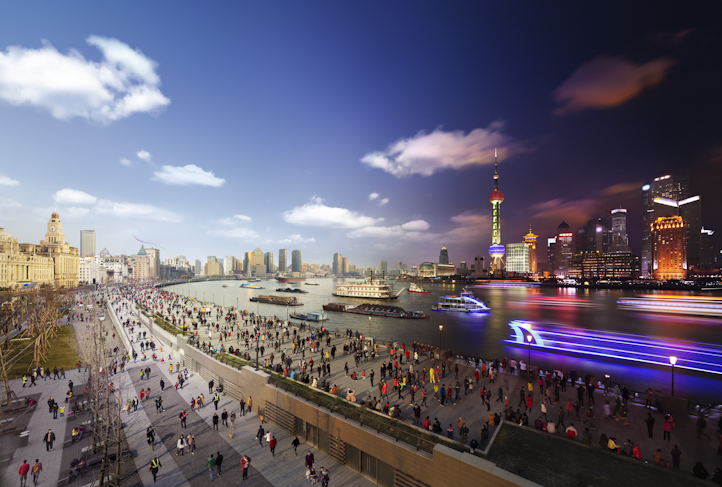
Yu Garden&Bazaar
Yuyuan Garden is an important traditional tourist resort in Shanghai, which enjoys the reputation of “the crown of beauty in southeast China”. Most exquisitely decked out, the garden offers charming and pleasant views. With noble flora and exotic rocks setting off each other, it serves as a perfect model of “famous garden of Jiangnan”. Inside the garden there is the site of the famous uprising of Shanghai’s Small Sword Society in Qing Dynasty. On the 440 anniversary of the establishment of Yu Garden, comrade Jiang Zemin brandished his writing brush and left the inscription of “Famous Garden above the Sea”. The famous scenic spots of the garden include the Wall of Cloud Piercing Dragon, Spring Transforming Hall, Yu Linglong (Jade Exquisite), Moon Appreciating Pavilion, Ancient Performance Stage, Grand Rockery.
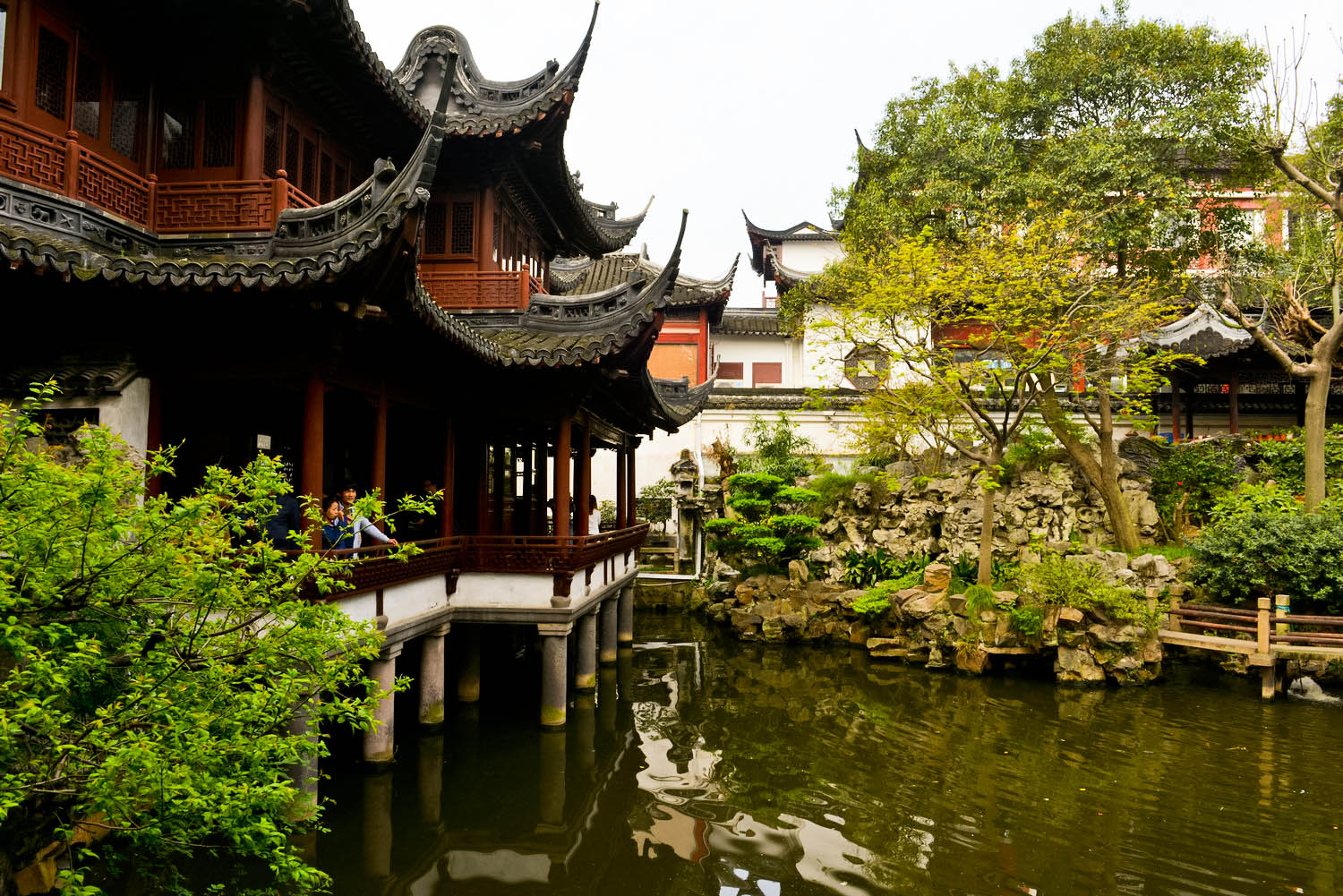
Shanghai world financial center
The Shanghai World Financial Center (SWFC; Chinese: ????????) is a skyscraper located in the Pudong district of Shanghai, China. It was designed by Kohn Pedersen Fox and developed by the Japanese Mori Building Company. It is a mixed-use skyscraper, consisting of offices, hotels, conference rooms, observation decks, and ground-floor shopping malls. Park Hyatt Shanghai is the hotel component, containing 174 rooms and suites. Occupying the 79th to the 93rd floors, it is the second-highest hotel in the world, surpassing the Grand Hyatt Shanghai on the 53rd to 87th floors of the neighboring Jin Mao Tower.
It is 492 metres high, has 104 floors (101 above ground, 3 below ground), and three platforms for visitors on floors 94, 97, 100 (Sky Bridge, 474 metres). The prices vary for the different platforms. From the highest platform one can enjoy the view of the skyline and the Jinmao Tower (????, jin mào dà shà).
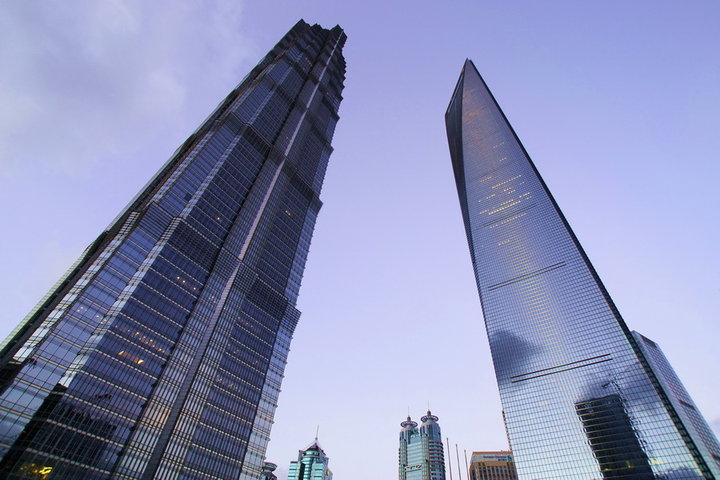
Shanghai Xin Tian Di
Xintiandi(New Heaven and Earth) is an affluent shopping, eating and entertainment district of Shanghai ,China. It is an historical and cultural character of the city tourist attractions, composed of an area of reconstituted traditional Shikumen("stone gate") houses on narrow alleys, some adjoining houses which now serve as book stores, cafes and restaurants, and shopping malls. Xin Tian Di is unique because of its concept of construction. It retains the antique walls, tiles and exterior of the Shikumen housing of old Shanghai. On the other hand, its interior embodies a totally different world of international gallery, bars and cafes, boutiques or theme restaurants. When you walk into it, you will get the taste of both Shanghai in the 1920's and the sonic modern lifestyle of urbanites of the 21st century.
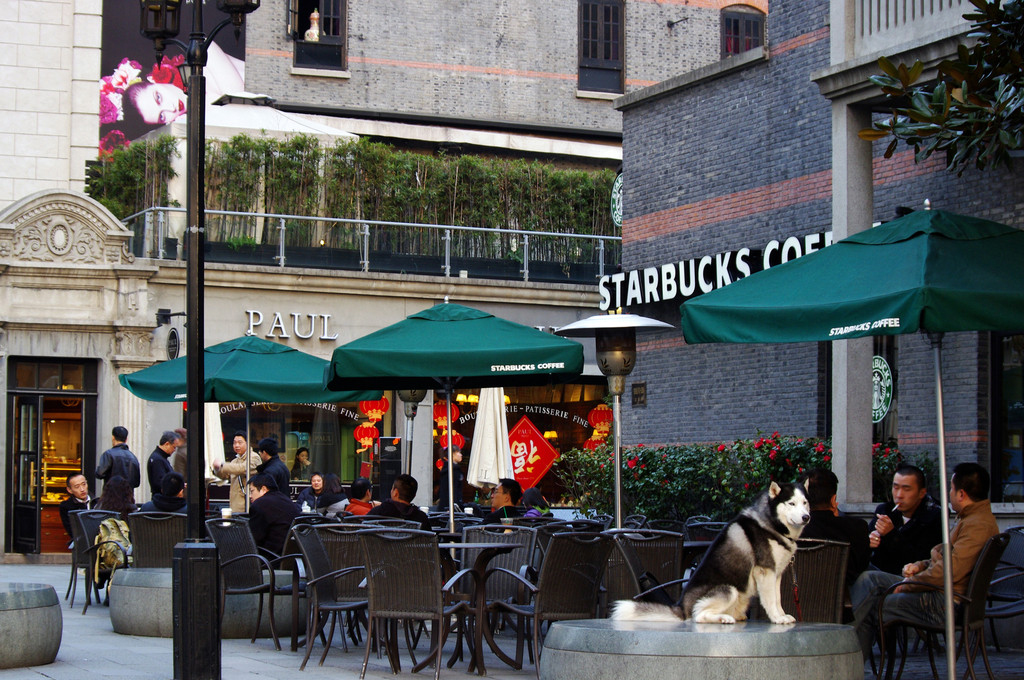
Longhua Temple
The Longhua Temple is located on the Longhua area (formerly Longhua township) of Shanghai. Its street address is No. 2853 Longhua Road (Longhua Lu), which is the oldest, largest and most majestic Buddhist building in the lower reaches of the Yangtze River Delta. It's also one of the best reserved temples in Shanghai and the pagoda is the only one in Shanghai that existed before modern times. This spiritual attraction is famous for its old temple, old tower, and temple fair. With collections of various sutras, golden seal, and figures of Buddha from Tang, Ming and Qing dynasties.
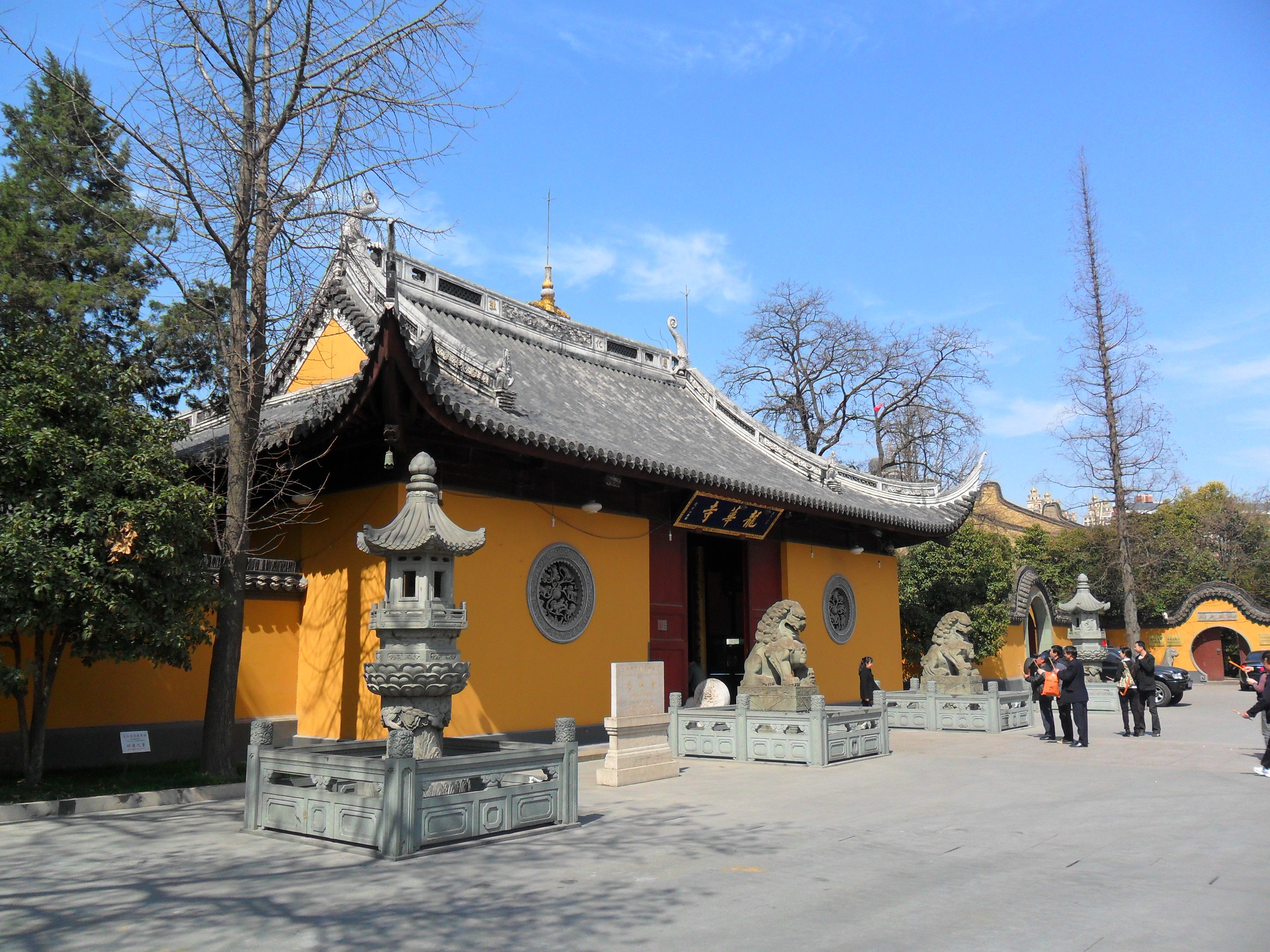
Shanghai Pudong New Area
Lying in the east of Shanghai and at the east edge of the Yangtze River Delta, Pudong New Area (hereafter referred to as Pudong) is located at the estuary of the Yangtze River on the west side of the Pacific Ocean, connecting both Nanhui District and Minhang District in the south and looking on to the other side of the river where lie the districts of Xuhui, Luwan, Huangpu, Hongkou, Yangpu and Baoshan both in the north and west of Shanghai.
After twenty-two years of development, Pudong has become the engine of the economic and social development of Shanghai. With the ever-changing urban landscape, an outward-looking, multifunctional and modern new urban pattern has come into being. Known as "China's symbol of reform and opening up and epitome of Shanghai's modernization", Pudong has won the "National Civilized City" title, and so on.
Central Pudong is filled with new skyscrapers, office buildings and hotels and offices for over 2,000 foreign companies, including many in the Fortune 500. Among the factories there is $1.5 billion General Motors plant that churns out Buicks. On the far eastern end, about 32 kilometers from downtown Shanghai, is the new international airport connected to downtown Shanghai by the maglev train. There is an impressive river walk with shops and cafes and good views of river traffic and sights on the opposite shore.
Since October, 2004, Pudong New Area has set up, one after another, six functional zones of Lujiazui, Zhangjiang, Jinqiao, Waigaoqiao, Sanlin and Chuansha, speeding up the inter-action between zones and towns and promoting the zonal integration, thus energetically pushing forward a new round of development and opening up in Pudong.
Pudong New Area has four state-level development zones of Lujiazui Financial and Trade Zone, Jinqiao Export Processing Zone, Zhangjiang Hi-Tech Park and Waigaoqiao Free Trade Zone and one city-level development zone of Sunqiao Modern Agriculture Development Zone. It is composed of 12 sub-districts of Weifang, Lujiazhui, Tangqiao, Nanmatou, Shanggang, Dongming, Zhoujiadu, Yangjing, Jinyang, Hudong, Puxing and Huamu as well as 11 towns of Chuansha, Heqing, Gaodong, Gaoqiao, Gaohang, Jinqiao, Tangzhen, Zhangjiang, Beicai, Caolu and Sanlin.
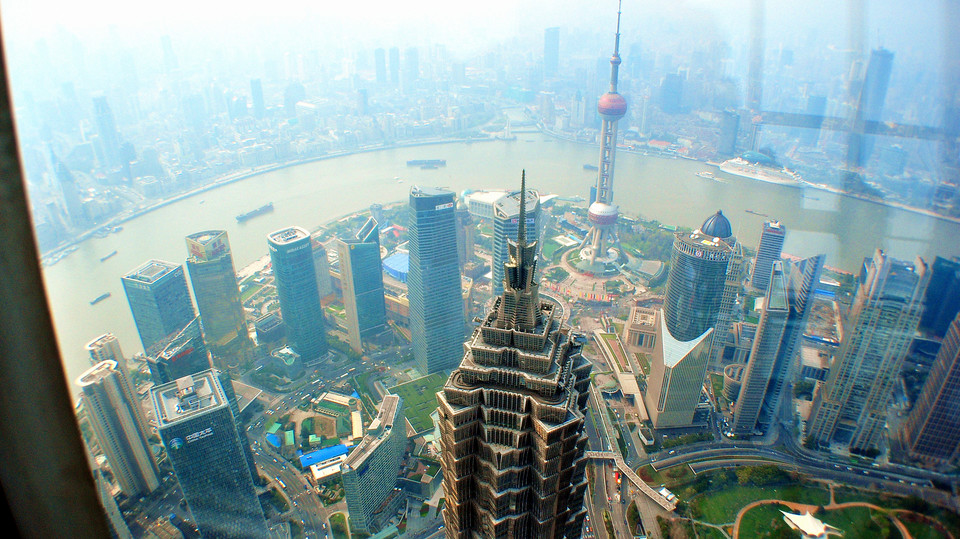
Shanghai Oriental Pearl Radio & TV Tower
The Oriental Pearl TV Tower (Chinese: ?????; pinyin: Dongfang Míngzhuta, official name: ???????) is a TV tower in Shanghai, China. The Oriental Pearl Tower is located at the tip of Lujiazui in the Pudong district, by the side of Huangpu River, opposite The Bund of Shanghai.
It was designed by Jiang Huan Cheng of the Shanghai Modern Architectural Design Co. Ltd. Construction began in 1991 and the tower was completed in 1995. At 468 m (1,535 feet) high, it was the tallest structure in China from 1994–2007, when it was surpassed by the Shanghai World Financial Center. The Oriental Pearl Tower belongs to the World Federation of Great Towers.
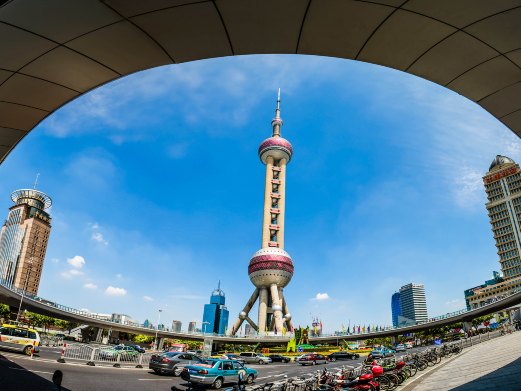
Shanghai Cuisine
Nanxiang Steamed Stuffed Bun
This snack is a famous and popular one originating from Nanxiang Town in the northern Jiading District of Shanghai. Dating back over 100 years, Nanxiang Steamed Stuffed Bun features the typical Shanghai flavor. It is famous for its thin wrap, big stuffing, strong flavor and tender meat.
Besides the use of refined flour and pork, Nanxiang Steamed Stuffed Bun has many special ingredients. Water, salt, sugar, soy, sesame and ginger are added to make the stuffing. Even without MSG, shallot or garlic, the buns stay fresh with a delicious flavor. The main pork stuffing is mixed with various seasonal ingredients: bamboo shoot for spring, shrimp for summer and crab for autumn. It's hard to believe that the stuffing is two times larger than the wrap. Miraculous, isn't it?
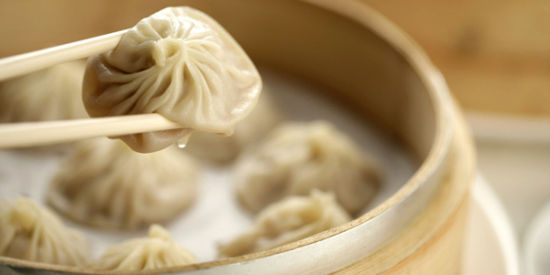
Fried Stuffed Bun
Fried Stuffed Bun with nearly 100 years' history is a typical indigenous snack of Shanghai.
The wraps of the buns are made of semi-fermented paste, and the stuffing is made of pork, shallot, ginger, soy, pepper, and sesame oil. The stuffed buns are put in rows in a big pan and fried, being sprayed with water several times during cooking. Finally, sesame and shallot are sprinkled on the buns, and then the wonderful Fried Stuffed Buns are prepared!
With a thin and soft wrap, a golden-colored and crispy bottom, and delicious meat, this snack tastes best when served hot.
Fried Stuffed Buns were first served in many teahouses in old Shanghai. Special fried stuffed bun restaurants began to appear in 1930s. At present, there are hundreds of such restaurants. The stuffing is varied to include chicken, crab and shrimp.
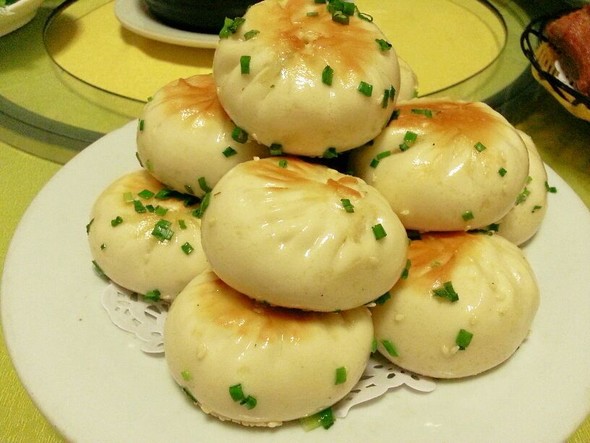
Chop Rice Cake
It is a fried snack mainly made of a big pork chop and rice cakes. There are two restaurants that are famous for Chop Rice Cake - Shuguang Restaurant (formerly known as Xiao Chang Zhou) and Xian De Lai Restaurant. The two restaurants have been famous since the 1930s. Chop Rice Cakes offered by them are prepared in completely different ways therefore each has its own unique taste. It is hard to tell which is better. So better to taste both!
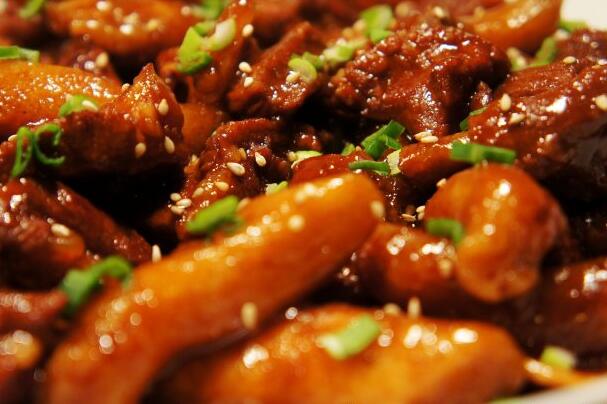
Vegetable Stuffed Bun
Chinese name: ???? (sù cai bao zi) As the name suggests, this is without meat but the flavor is not reduced at all. For veggies, these buns, stuffed with greengrocery, mushroom, bamboo shoots and dried bean curd, are a good choice.
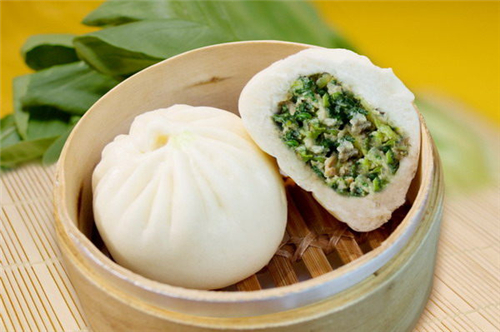
Leisha Dumpling
Chinese name: ??? (léi sha yuán) This is a kind of glutinous rice dumpling stuffed with meat, sweetened bean paste, or sesame. Covering with a layer of adzuki bean powder, this snack is tastier and keeps longer.
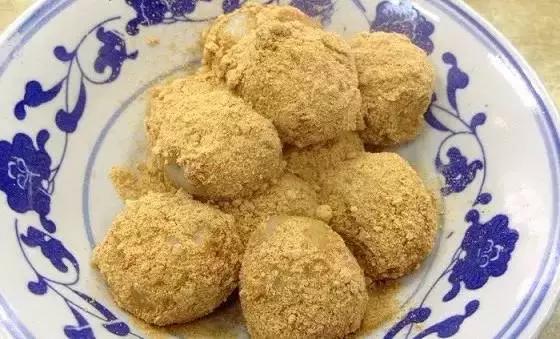
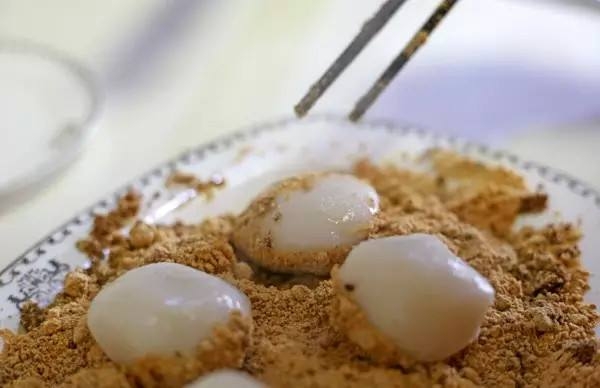
Won Ton
Shanghai people, in particular, have a very clear opinion dividing won tons into big ones and small ones. The big ones are stuffed with shepherd's purse and pork while the small ones are stuffed with meat alone. A half kilo of wrapping is sufficient for 50 big won tons or 70 small ones. So you can imagine how thin the wrap is! The soup is also a key element. Generally, broth is for the big won tons and chicken soup for the small ones.

Wechat: Chinaprivatetour
24 Hours Hotline:
+86 137-3541-1378
* Authentic Experiences: Genuine local experiences that immerse you in the true essence of Xi'an and beyond.
* Safety First: Highest safety standards with secure activities and reliable transportation.
* Customizable Tours: Flexible itineraries tailored to your interests and needs.
* Local Expertise: In-depth knowledge of Xi'an and China, offering exclusive insights.
* Professional Guides: Licensed bilingual guides with over 5 years of experience.
* Comfortable Travel: Experienced drivers and well-maintained vehicles for a smooth journey.
* Sustainable Tourism: Commitment to responsible tourism and supporting local communities.
* Customer-Focused: Personalized service and continuous improvement based on your feedback.
* Free Cancellation: Cancel up to 24 hours before travel for flexibility and peace of mind.
* 24/7 Support: Round-the-clock assistance for any questions or help needed.
(Your Privacy is Protected)
1 to 1 tailor-made service from our professional travel advisors for the most sophisticated
Constantly excellent reviews for attraction, hotel and service Competitive price
Local experts provide quality tours Best selected knowledgeable local guides Authentic local restaurants
7*24 hours available to create you a worry-free tour. No Hidden Fees and absolutely no pressure to buy. Secured









Copyright © 2017 www.xianprivatetour.com All rights reserved. 浙ICP备18056007号-6